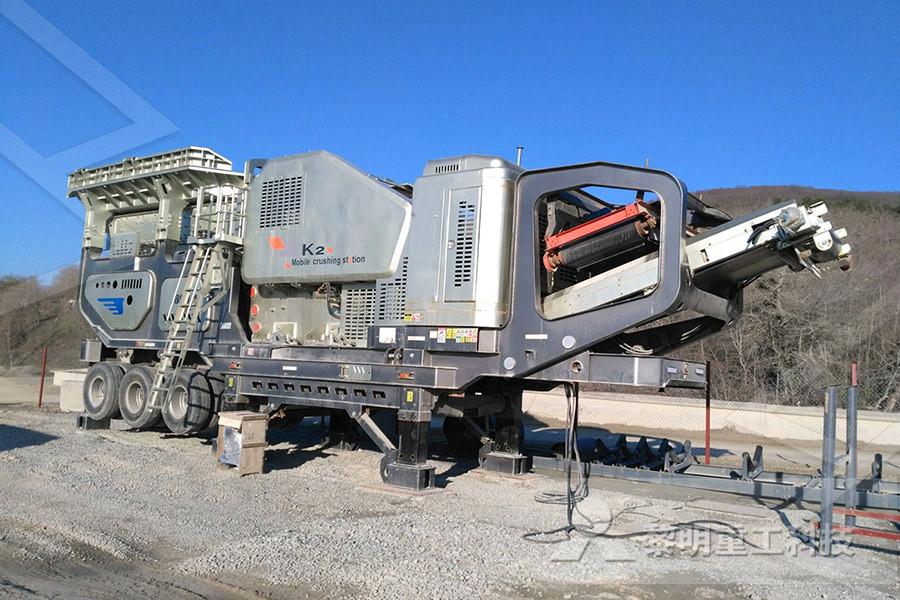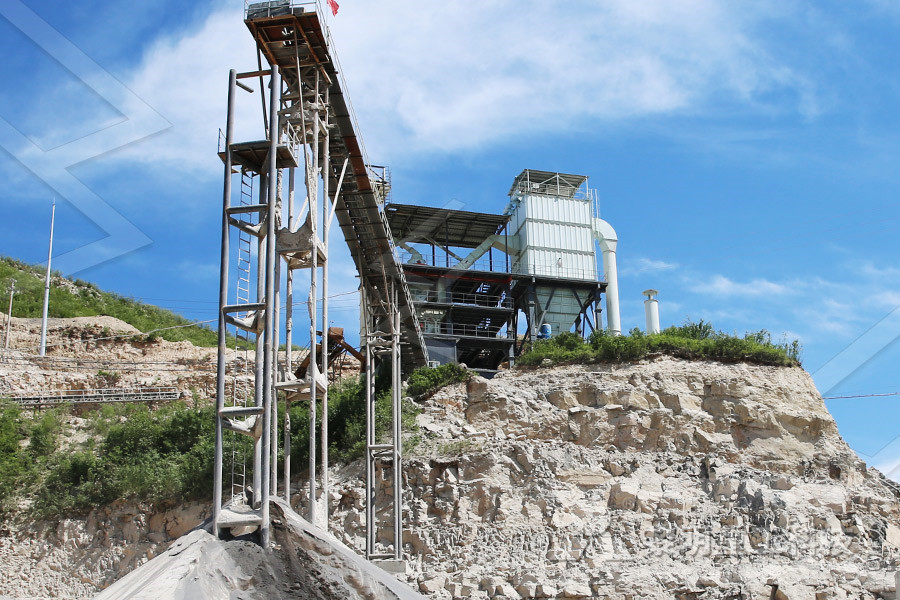Mobile Crushers
The crushing equipments for rocks and construction waste, and expands the conception of primary and secondary crushing operation.
Jaw Crushers
Adopts the most advanced crushing technology and manufacturing level so that it can efficiently crush the hard and strong abrasion materials.
Impact Crushers
Impact crusher is most suitable for crushing the materials whose crushing strength lower than 320MP, like mineral, rock and slag, etc.
Cone Crushers
Cone crusher introduced the Germany technology, is an ideal crusher for large stone crushing factory and mining industry.
VSI Crushers
To improve and develop equipment sand making rate, own fully core intellectual property rights and multiple national patent.
Grinding Mills
Besides high quality equipment, the company will provide sincere service such as Engineering Procurement Construction project.

Dust Explosion an overview ScienceDirect Topics
Dust explosion venting is a wellestablished method of protecting against damaging explosion overpressures and is by far the most popular explosion protection technique, extensively described in commonly accepted engineering literature and standards [27–29]02/08/2021 Simply put, a dust explosion is the explosion from a high concentration of fine combustible particles in the air ignited inside an enclosed space In other words, factors such as the proper concentration level of combustible dust, oxygen, confined space, and an ignition source must be present for a dust explosion to happenDust explosion: an introduction What is a dust explosion 22/02/2013 Explosion suppression systems have to be very fast in order to do their job From the time an explosion starts, a tiny spark or whatever the ignition source is, will light the suspended fuel, that suspended dust in the air, there will be a fireball that starts to grow and a pressure wave coming out of it as bustible Dust Explosion Protection Systems Fike

Dust Explosion an overview ScienceDirect Topics
Dust Explosion Protection Systems Explosion protection techniques include venting, flameless venting, suppression, and isolation—either separately or in combination Dust Explosion Venting Dust explosion venting is a wellestablished method of protecting against damaging explosion overpressures and is by far the most popular explosion protection technique, extensively Explosion Protection Systems for Combustible Dusts Processing, handling and storing of combustible dusts within enclosed equipment (ie, mixers, blenders, mills, separators, cutting tools, holding bins, dust collectors, cyclones, etc) can easily create an explosive atmosphere that could be ignited by tramp metal, static electricity, burning Explosion Protection Systems for Combustible Dusts Risk 03/06/2021 Gain insight on the importance of appropriately designing dust explosion systems based on lessons learned from a previous incident at a plywood manufacturing facility in Texas About The Webinar When designing handling and conveying equipment for combustible dusts, it is crucial to properly implement protective measures (eg, deflagration venting, suppression, Designing dust explosion systems: lessons learned from

The Potential for Dust Explosions in Dust Collection Systems
19/01/2011 A Dust Explosion that begins in the Dust Collection System can lead to the destruction of an entire facility Most solid organic materials, in addition to many metals and inorganic nonmetallic materials, when reduced to a finely divided size, and sufficiently dispersed into the atmosphere will explode under the right conditionsA dust explosion is the rapid combustion of fine particles suspended in the air within an enclosed location Dust explosions can occur where any dispersed powdered combustible material is present in highenough concentrations in the atmosphere or other oxidizing gaseous medium, such as pure oxygenIn cases when fuel plays the role of a combustible material, the Dust explosion Wikipedia01/01/2014 EN 14491, Dust explosion venting protective systems (2006) [3] J Taveau, Secondary dust explosions: How to prevent them or mitigate their effects, Process Safety Progress 31 (2012) 3650 [4] J Snoeys, JE Going, JR Taveau, Advances in dust explosion protection techniques: flameless venting, Procedia Engineering45 (2012) 403 413 d of the Application of Dust Explosion Protection Systems

Prevention of dust explosions in the food industry
323 The IChemE Guide 'Dust explosion prevention and protection: A practical guide' (2002) and the European Standard BS EN14491 'Dust Explosion Venting Protective Systems' give details of the current vent calculation techniques for isolated enclosures 324 There is no established size of vessel below which explosion relief vents are not required In each case the have a reduced dust explosion hazard as compared with centralised systems having long extraction ducting runs Where larger throughputs are involved a centralized collection system is usually installed, and this type of system has been a traditional method of establishing good working conditions Large numbers of such systems have been installed and this paper Explosion protection of a dust extraction systemFirefly is one of the world's leading supplier of fire prevention systems to the process industry Since 1973, Firefly has specialized in creating tailormade systems of the highest technical standard, in order to protect the process industry from costly fires and dust explosions With a range of products and solutions covering everything from spark detection and water spray Spark Detection, Fire and Dust Explosion Protection Systems

Test d'explosivité des poudres Sévérité d'explosion (KST
L'explosion d'un nuage de poussière est provoquée dans une enceinte résistant à la pression (sphère de 20 litres) La mesure de la pression au cours du temps permet d'évaluer la pression maximale et la vitesse maximale de montée en pression Sur cette base est ensuite calculée la valeur de la sévérité d’explosion (Kst) La classe d'explosion (St1, St2 ou St3) est Explosion Protection Systems for Combustible Dusts Processing, handling and storing of combustible dusts within enclosed equipment (ie, mixers, blenders, mills, separators, cutting tools, holding bins, dust collectors, cyclones, etc) can easily create an explosive atmosphere that could be ignited by tramp metal, static electricity, burning Explosion Protection Systems for Combustible Dusts Risk have a reduced dust explosion hazard as compared with centralised systems having long extraction ducting runs Where larger throughputs are involved a centralized collection system is usually installed, and this type of system has been a traditional method of establishing good working conditions Large numbers of such systems have been installed and this paper Explosion protection of a dust extraction system

Prevention of dust explosions in the food industry
323 The IChemE Guide 'Dust explosion prevention and protection: A practical guide' (2002) and the European Standard BS EN14491 'Dust Explosion Venting Protective Systems' give details of the current vent calculation techniques for isolated enclosures 324 There is no established size of vessel below which explosion relief vents are not required In each case the Dust collection systems – Explosion suppression and/or isolation are common options included in these types of systems where compressed air cleaning of filter cartridges creates a dust cloud Spray drying systems – An explosion suppression system is needed due to the high volume of potentially explosive materialExplosion Suppression System Chemical Suppression System Combustible dust explosion hazards exist in a variety of industries, including: agriculture, chemicals, food (eg, candy, sugar, spice, • Specialized fire suppression systems; • Explosion protection systems; This is one in a series of informational fact sheets highlighting OSHA programs, policies or standards It does not impose any new compliance requirements For a Hazard Alert: Combustible Dust Explosions

Spark Detection, Fire and Dust Explosion Protection Systems
Firefly is one of the world's leading supplier of fire prevention systems to the process industry Since 1973, Firefly has specialized in creating tailormade systems of the highest technical standard, in order to protect the process industry from costly fires and dust explosions With a range of products and solutions covering everything from spark detection and water spray risks from dust explosions with an existing system that examines chemical reaction hazards This revision to the original system also allows the assessment of vapour phase explosions, powder handling hazards occupational hygiene hazards to be performed COMPASS (Computerised Process Assessment Safety System)1 was originally conceived to assess only A methodology for the assessment of dust explosion risks Loss history from dust explosions in the United States over the last five years is given in the following table This data has been collected in the incident database and reported in the combustible dust incident reports, 2016 to 2021 This data gives an average of 31 dust explosions per year, 28 injuries and 3 fatalities over the last six years2021 Combustible Dust Incident Report Summary Dust

3 Analyse des accidents 3 EXPLOSIONS DE POUSSIÈRES DANS
3 Explosion 3 Dust 3 Accident analysis 3 France 3 Industrial sector L es explosions de poussières concernent toutes les branches industrielles, dès lors que les produits manipulés sont sous la forme de fines particules de matière oxydable C’est le cas, par exemple, des poussières alimentaires (amidon, sucre, farine, céréales), végétales (coton, bois), métalliques
- mining 3e crusher in mill and grinders
- china angle grinder manufacturers china
- digital display los angeles abrasion testing machine crushers mobile chine
- jual mesin grinding karet
- nveyor belt roller manufacturers in kerala
- st of mobile crushing and screening plant of 200tph
- stone crusher plant safe erection procedures mm mobile crusher
- grinding machine 7 south africa crusher graphite crusher state
- stone crusher operators in chennai
- Gold Grinding Ball Mill Design Strength crusher grinding newest
- hot sale screening mining equipment
- design of impact crushing unit
- pc1326 hammer crusher for limestone
- mo nace gold mills y calox panamena sa
- rod mill technical specifiion of tph
- crusher limestone infomation
- ne crusher type pyz 1200 100 thr
- separating gold from lead india
- hsm mining machine crusher
- Manufactures Of Stone Crusher Machines In China
- biggest gold mine in the world
- crushing michine output
- ore dressing gold flotation machine nickle ore flotation machine
- Gypsum Powder Production And Gyratory Crusher
- equipment dominion and ball mill
- crusher grinding mill for mining
- lead ore ncentration plant
- extec c12 manual service download pdf
- grindind milling cmpany in zimbabwe
- technical specification for 12 10 4es 3p impact crusher
- mcclanahan ganda crusher rol
- grinding equipment which professional
- Komponen Hammer Mill
- mining equipments and machinery for mineral processing
- Used Plastick Crusher For Sale In Saudia
- mining equipment ncentrate gold machine
- hot ball mill for calcinating gypsum
- Stone Crusher For Sale In Uae
- destemmers crushers aks 761 price
- calculate ball mill circulating load pdf